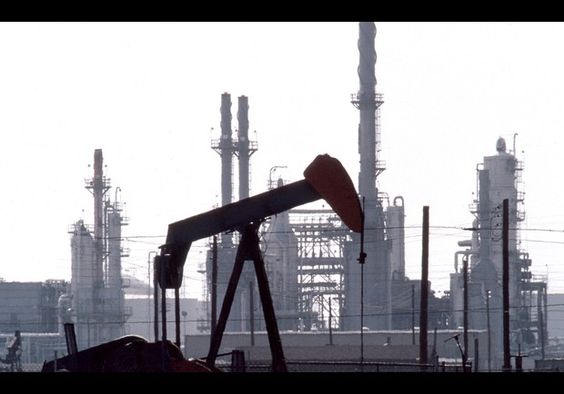
Ellen and Elly offshore oil platforms nearby Long Beach (Photo: www.bsee.gov)
State Report Shows Growing Oil Use, Lower Carbon Intensity in California
This increase signifies the essential role oil continues to play in California’s energy stability and economic activity
By Chris Hall, February 18, 2025 3:38 pm
As technology advances, industries are increasingly able to achieve more with less. Automation, data analytics, and innovative engineering solutions are driving efficiency across sectors, including one of the most scrutinized industries: oil refining.
However, a persistent myth remains—many believe that society is consuming less oil due to the rise of electric vehicles (EVs) and the adoption of renewable energy. In reality, oil consumption continues to grow, even in “Progressive” California.
The latest 2023 Annual Crude Average Carbon Intensity (CI) Report from the California Air Resources Board (CARB) under the Low Carbon Fuel Standard (LCFS) sheds light on this paradox. While California refineries are processing record levels of crude oil, they are simultaneously reducing the carbon intensity (CI) of their operations.
In 2023, California refineries processed 532,457,677 barrels of crude oil—the highest annual volume since 2019. This increase reflects more than just a recovery from pandemic-related economic slowdowns; it signifies the essential role oil continues to play in California’s energy stability and economic activity.
According to the report, despite processing more crude oil, California’s refineries have managed to steadily reduce the Annual Crude Average Carbon Intensity (CI) for three consecutive years:
- 2021: 12.80 gCO₂e/MJ
- 2022: 12.71 gCO₂e/MJ
- 2023: 12.51 gCO₂e/MJ
This downward trend demonstrates how technological advancements, operational efficiencies, and regulatory incentives can drive real progress in reducing the carbon footprint of oil refining.
The CI metric measures greenhouse gas emissions per unit of energy produced. A lower CI indicates that even though more oil is being processed, each unit of energy derived from it carries a smaller environmental cost.
The report highlights that the incremental carbon deficit per gallon of fuel sold in 2025 will be lower than in 2024.
The state’s oil industry demonstrates that progress is not a binary choice between renewable and fossil fuels. Instead, it’s about creating smarter, more efficient systems that minimize environmental impacts while meeting society’s energy needs.
- State Report Shows Growing Oil Use, Lower Carbon Intensity in California - February 18, 2025





CO2 is good for the planet. There should be a law FOR it.